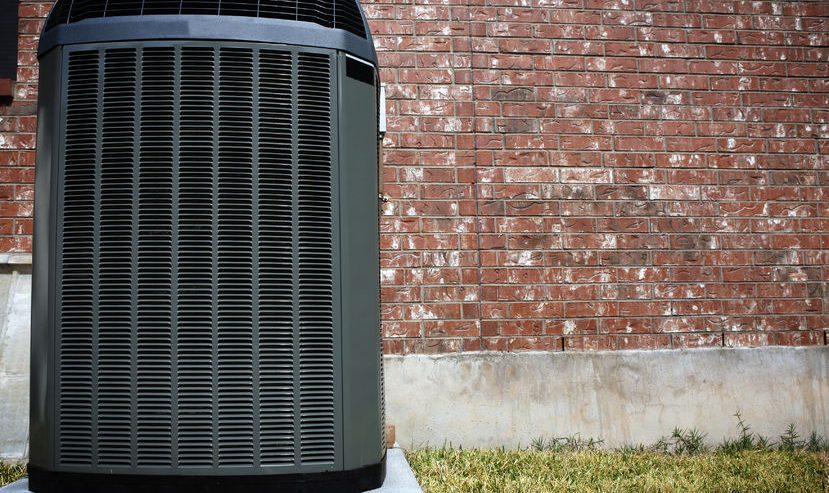How to Service an Air Conditioner
It is usually a good idea to have your air conditioner serviced regularly by a professional, but you can perform most of the basic cleaning yourself. Here is a quick guide to what you should do for your unit at the beginning and end of the summer cooling season.
Getting Started
Before opening or otherwise examining an air conditioning unit, always make sure that you have turned it off. It is safest to shut off the power at several points; in addition to the on and off switch, try to either unplug it (if it is a smaller plug-in unit) or shut it off at the circuit breaker. You want to be sure that the unit is not live before you start working on it, even minor work like removing the covers or cleaning it. It is also a good idea to sweep or rake away any debris around the outside of the air conditioning unit, particularly if there are a lot of leaves or other plant matter around it. (It is often helpful to cover the unit during the winter to avoid large amounts of buildup.)
It is a good idea to check your air conditioner owner’s manual and familiarize yourself with the layout of your unit. If you cannot find your copy of the manual that came with the unit, try searching for an online copy. Your manual will also tell you whether your unit needs oil for the motor and condenser fan.
as you know...
Basic Seasonal Cleaning
Check the filter; it is probably dirty and should be washed, but if it has been left too long (especially in humid environments) it may have begun to mold or grow bacteria or fungi. In this case, you should replace the filter. You do not want mold or fungus spores feeding into your ventilation system, whether they just cause coughing and discomfort or are actually unsafe.
You may notice that some of the condenser fins are bent or squashed. Depending on the number and severity of the bent fins, you can either straighten them out by hand or use a fin comb, available at most hardware stores. If large sections of the fins are damaged, it is usually best to have them repaired professionally.
Most parts of your air conditioning unit can be cleaned with a soft brush and a dust cloth, or using a vacuum cleaner. Once you have unscrewed and removed the unit’s cover, go ahead and clean off the condenser fan and coils as well as the inside of the cover and any ventilation spaces, including the area around the filter. Heavier dust and buildup on the coils may be too much to dry-clean. You can hose off the coils, fins and the rest of the interior as long as you first cover the motor and any electrical wiring with a waterproof covering–plastic sheeting is fine, and an old waterproof picnic blanket works too.
It is technically possible to replace coolants and refrigerants yourself, but this is not a good idea since it is very easy to leak damaging gasses in the process. Try ServiceWhale’s request wizard to find a contractor to change out your unit’s coolant safely.
Diagnosing Further Issues
The simplest way to tell if an air conditioner needs cleaning is to check the temperature of the line connecting the unit to the house. This is a skinny pipeline typically made of copper that runs between the house and the side of the unit. If it is warm or hot to the touch, you should examine and clean the air conditioner’s coils. While you are out there, take a look around the unit for any dripping or pooling water, which can indicate issues with the condenser, pump or drain.
You can test your air conditioner’s function by bringing down the temperature at your thermostat. Check whether the air conditioner starts up within a reasonable time frame, and listen to the sound of the unit starting up. Any unusual noises from the air conditioner may indicate a problem; squeaking, rattling and knocking are common, and typically indicate trouble with the motor or the compressor belt in some older models. These types of problems are best addressed by a professional. Once the unit has been running for a little while, check the temperature in a few different rooms with a separate thermometer and make sure that it agrees with the temperature readout on your thermostat.
For more information and free quotes, try ServiceWhale.





Comments
Comments are disabled for this post